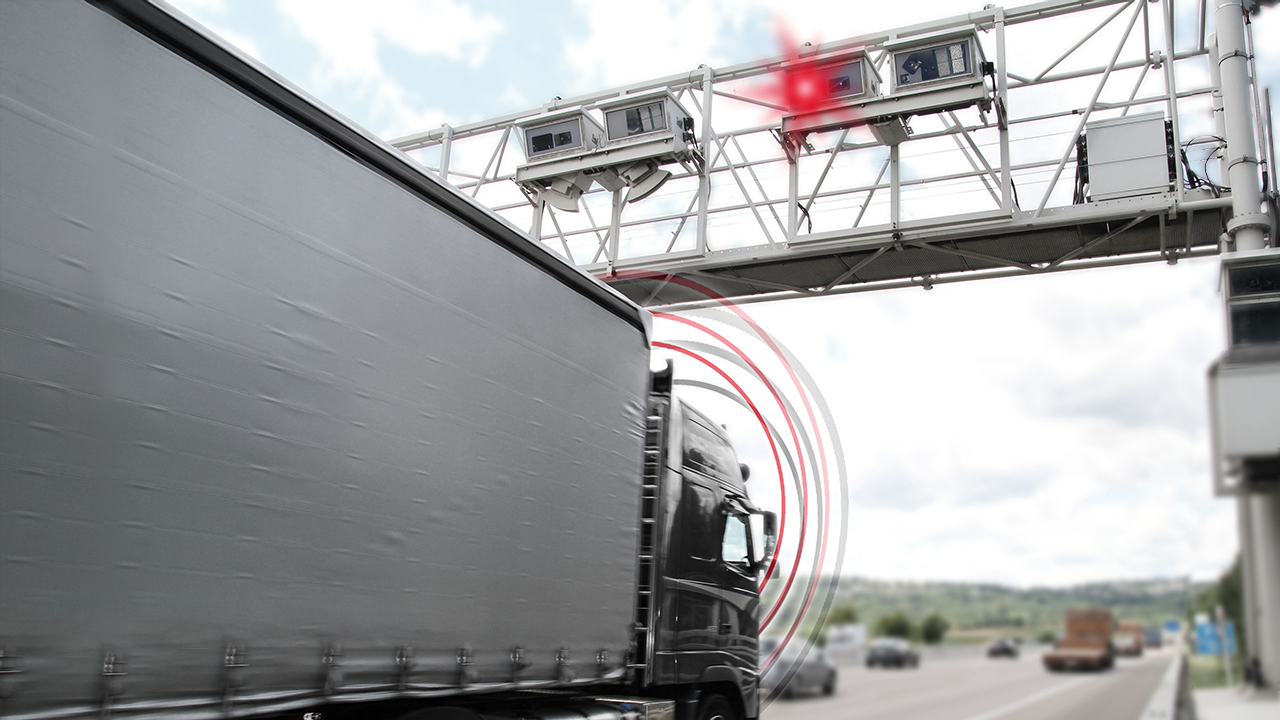Global navigation satellite systems (GNSS) are used for robust and accurate position and time information and have become a fundamental part of our critical infrastructure (KRITIS). Interfering with and deceiving these signals can therefore have serious consequences such as the failure of the power grid or mobile phone network.
Increasing danger from GNSS signal interference
In case of interference with GNSS signals, a distinction is made between unintentional and intentional interference. Unintentional interferences are caused by faulty electronics in the environment of GNSS receivers. Intentional interferences deliberately influence GNSS signals. Both types of interferences lead to the fact that the signals can no longer be processed correctly in the receiver. In this case, the receiver can provide no or incorrect information - how the receiver behaves in the vicinity of interferers in each individual case depends on various factors. So-called jammers are optimized for GNSS signals and can already be purchased for little money on the Internet. Measurement campaigns in Europe have shown that jammers are now widely used. Due to the increasing use of GNSS in applications other than critical infrastructures, such as pay-as-you-drive car insurance, theft protection and toll collection, a further increase in jammers is to be expected.
